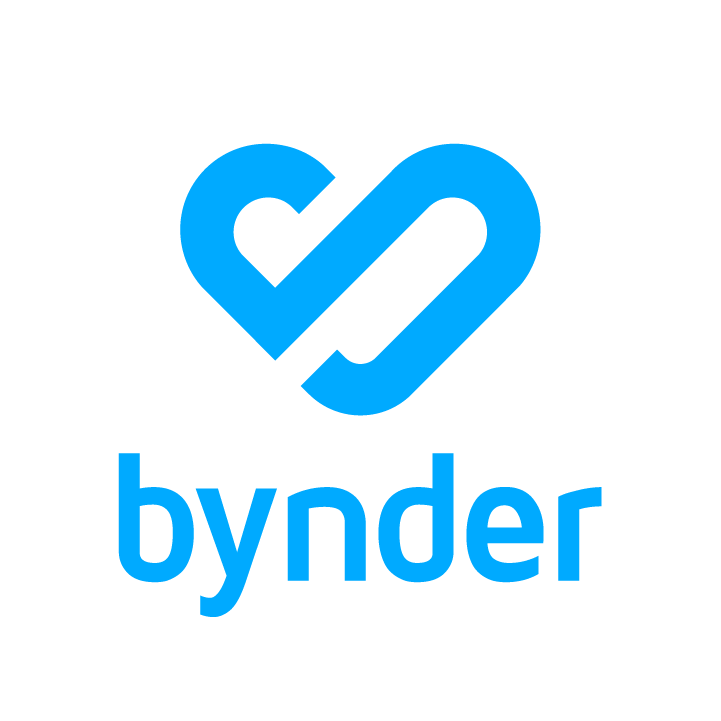Our friends at Bynder have firsthand experience connecting DAM platforms to Content Management Systems (CMS) and watching them get up to speed, as well as seeing the results of keeping these systems disconnected. Read below to learn more about why connecting your CMS and DAM programs can help you hold consumers’ attention longer.
We probably don’t need to tell you that attention spans are low these days. We’ve all seen the infamous goldfish stat, that humans now have an average attention span of eight seconds, beating out our childhood pets by a full second for the shortest in the world. For marketers, the attention of our audience is gold dust, and that gold dust is hard to keep hold of when we’re bombarded with content from all directions, and in increasingly inventive ways.
So what’s the opposite of attention-grabbing content? The dreaded wall of text. Even if that wall of text is pure textual gold, readers (and goldfish) are quick to bash the back button, even before reading the first sentence (no judgment here; we all do it.)
That’s why some visual elements peppered throughout your post or webpage can make a huge difference in holding the attention of your readers. It’s not a complicated tactic, and it’s pretty common knowledge these days.
Yet it's so commonplace, that it’s typically an afterthought that we’ve just accepted as part of the whole content-publishing process. That’s why it often feels like a chore, and we’re left frustrated when spending unnecessary amounts of time just searching for images.
Why do CMS image banks end up so disorganized?
Managing these oh-so-important images is commonly an afterthought too, and this laissez-faire attitude often leads to an increasingly complicated, disorganized, and downright chaotic CMS (Content Management System) image bank that turns into a nightmare to use.
When everyone in your team applies their own filenames, to their own folders, and generally in their own way, this is a disaster for team collaboration. While you may know that your event photo album is stored in folder “ndu9nvu9efv-2018”, how are your colleagues going to know that? The chaos only gets worse the more you use it, and before you know it, you’re spending 30 minutes looking for one pesky image.
Storing and uploading images onto your CMS really shouldn’t be that hard, and yet most of us are wasting far too much time doing it.
Every CMS needs a DAM integration…
You could be that one guy who forces everyone to adopt certain filename conventions and use certain folders, but realistically, that’s a lot of work. Manual work. That’s why integrating your CMS with a digital asset management (DAM) platform is becoming increasingly popular, as it automates all those manual processes and makes it simple for everyone to find and store your assets.
To learn more about how DAM and CMS intersect, download Bynder’s DAM + CMS Buyer’s Guide, available for free at the bottom of this page!
So, how does this work? Let’s take an example. DAM solutions like Bynder don’t deal with messy folders, but instead, use intuitive filters so that anyone on your team can find what they need directly from the CMS, and it’s instantly pulled from your DAM image bank. They connect your DAM library full of valuable content directly to your CMS so that everyone can see the same images and content and messaging can be consistent.
For instance, if you know you need an image of a cat, but you’re not sure what it could be called, or where it’s stored, you can simply search with a few keywords, and the metadata that is tied to the images within the DAM system gives quick and accurate search results.
The cool thing is that some platforms, like Bynder, leverage AI technology within their searching functionality to automatically scan the contents of an image when it’s uploaded to the DAM, and will create 'tags’, i.e. keywords, without you needing to do anything. Upload a picture of a cat, and that image will get ready-made search terms like "cat," "animal," and "pet" automatically attached which are then for your team. Take the extra step of applying custom keywords based on your company’s custom language as they enter the DAM system, and finding the perfect image in seconds becomes a breeze.
These small efficiencies make a big difference in the long run
It’s a no-brainer: the faster you can find images, the more likely you are to use and reuse those images; the more they’re used, the more value you get from them. If you need help mapping out your workflows, identifying your needs, finding a DAM platform, or setting up a custom set of keywords to apply to assets going into the DAM, Stacks can help. We are a team of creative DAM experts who help brands of all shapes and sizes build scalable DAM programs for the long haul.

About Bynder
Bynder is a global leader in digital asset management (DAM), providing one of the most powerful and scalable SaaS solutions for brand management. Recognized for its intuitive user experience, Bynder helps more than 1,000,000 users across over 1900 organizations, including Spotify, Puma and Icelandair, to create, share and organize the full lifecycle of their digital content in the cloud. Founded in 2013, Bynder has since grown to over 450 employees in seven offices around the globe, including the Netherlands, USA, Spain, UK and UAE. The company is backed by Insight Partners. For more information, visit www.bynder.com.




